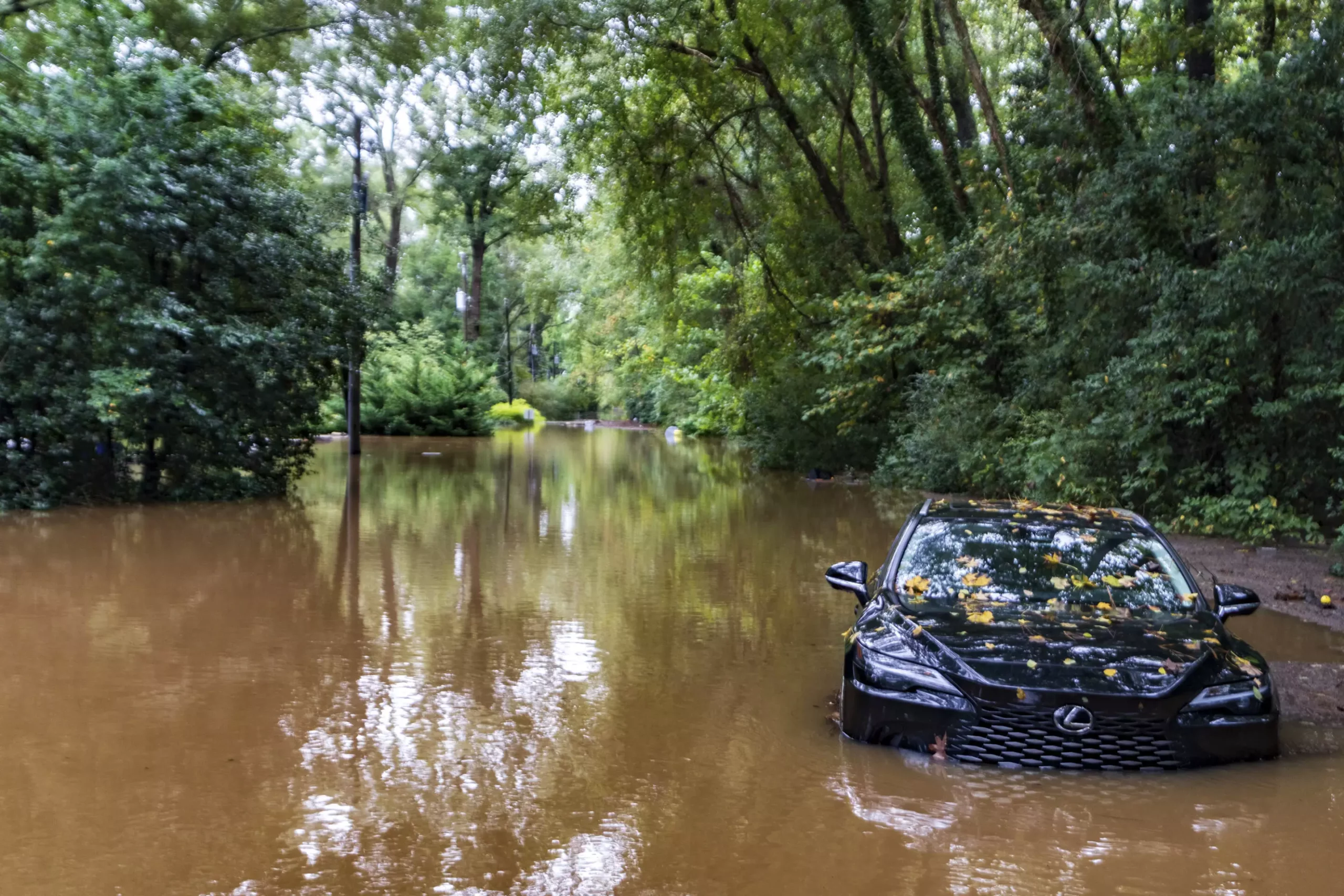In recent years, the increasing prevalence of electric vehicles (EVs) has sparked considerable conversation regarding their safety in extreme weather conditions, particularly in the face of natural disasters. As communities prepare for catastrophic events, such as hurricanes, it becomes vital for EV owners to understand the unique risks their vehicles face, especially in terms of fire hazards due to saltwater exposure during flooding. With the looming threat of storms like Hurricane Helene, confirmed safety protocols are being shared, but public knowledge remains inadequate.
One stark reality reveals that saltwater can exacerbate the risks associated with electric vehicles. When EVs are submerged in saltwater, especially in the aftermath of hurricanes, the likelihood of battery short-circuiting increases significantly. Salt can conduct electricity, potentially leading to perilous outcomes. Historical data shows that instances of EV fires following major storms, such as Hurricanes Sandy and Ian, highlight an alarming trend that necessitates awareness among vehicle owners. While incidents are infrequent, those who live in vulnerable coastal areas must exercise caution and take preventive measures to secure their vehicles before impending storms.
Proactive Steps for EV Owners
In light of potential disasters, Florida Governor Ron DeSantis has publicly advised electric vehicle owners to relocate their cars to higher ground in anticipation of severe flooding. This advice is echoed by industry leaders like Tesla, who emphasize the dangers of leaving vehicles exposed to standing water. In extreme situations where a vehicle becomes submerged, the manufacturer counsels owners to tow their vehicles to safe distances away from any combustible materials, pending inspection by a qualified mechanic. These proactive steps serve as essential guidelines to mitigate risks associated with flood-damaged EVs.
One of the most significant challenges during a natural disaster is the disruption of power supply. Unlike gasoline-powered vehicles, which can access fuel from gas stations, EV owners face unique hurdles when the grid goes down. Without access to charging stations, drivers must carefully monitor their vehicle’s battery levels and adjust driving habits accordingly. It is prudent to keep electric vehicles charged and, if feasible, to maintain a reserve battery supply to ensure mobility during emergencies. Essentially, the traditional advice of keeping a gas tank full transforms into a critical practice of maintaining a well-charged electric battery.
The National Highway Traffic Safety Administration (NHTSA) has undertaken efforts to study the phenomena of electric vehicle fires precipitated by floods. Following Hurricane Sandy in 2012, researchers began observing how battery technology fares under duress from external elements. Despite these efforts, consolidated data detailing the frequency of such fires is scarce. For instance, after Hurricane Ian, analysis revealed that around 5,000 EV batteries were compromised, leading to 36 fire incidents. Likewise, in the wake of Hurricane Idalia, additional incidents occurred, highlighting an urgent need for ongoing research and education regarding EV safety in adverse weather conditions.
The mechanics of battery fires are crucial in understanding the risks. When lithium-ion batteries encounter saltwater, the potential for short circuits increases, potentially triggering a phenomenon known as thermal runaway. This occurs when heat from one cell spreads to others, leading to a cascading thermal failure. As noted by Tom Barth of the National Transportation Safety Board, such occurrences can be linked to saltwater intrusion directly bridging terminals within the battery pack. Vehicle manufacturers implement designs to limit moisture penetration and enhance heat dissipation. However, once the battery is fully submerged, the reliability of these protective measures wanes significantly.
With the prevalence of electric vehicles continuing to rise, it is essential that both consumers and policymakers remain vigilant in addressing the potential risks associated with natural disasters. While advancements in battery technology aim to enhance safety, consumer awareness and preparedness are equally crucial. Continued education surrounding the proper protocols for safeguarding electric vehicles during storms, as well as ongoing research into battery safety, will play a significant role in mitigating risks in the years to come.


Leave a Reply